Dealing with English bulldog skin issues might sound challenging. Their skin can look scary at first and you can think there’s no cure for such a condition. However, every condition can be successfully solved if it’s caught early.
Even some severe skin issues in your English bulldogs are treatable with the professional help. Therefore, read on and discover the best ways to help your furry friend.
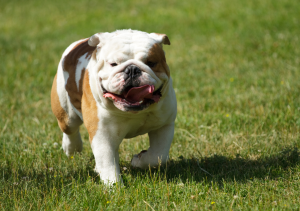
Why Are English Bulldogs Prone To Skin Problems?
With their wrinkly faces and lovable demeanor, it’s hard not to adore them. But those cute wrinkles can sometimes give them a bit of trouble, especially when it comes to their skin. Let’s dive into some common skin issues these pups face, keeping it simple and light.
Allergies
First up, allergies. Bulldogs can be a bit like us humans, reacting to things in the environment, what they eat, or even stuff they touch. Imagine getting itchy every time you went for a walk or after munching on your favorite snack. Not fun, right? That’s what it’s like for Bulldogs with allergies. Pollen from plants, certain ingredients in their food, or even a new laundry detergent can make their skin go all itchy and red. One of the most common skin problems that can occur in the summer is belly rash. It can occur due to overheating or an allergy trigger.
Infections
Next, we’ve got infections. Those charming skin folds, while adorable, are perfect hideouts for bacteria and fungi. These unwelcome guests love warm, damp places, making a Bulldog’s wrinkles the perfect party spot. If not kept clean, these areas can get infected, leading to more itchiness and discomfort.

Hot Spots
And then there are hot spots. The name might sound cozy, but trust me, they’re anything but. These are angry, red patches that can pop up if your Bulldog is constantly licking or scratching at one spot. They get worse pretty fast and can be a real pain for your pup.
So, what’s a Bulldog parent to do? The following lines will help you find out.
What Are The Main Causes of French Bulldog Skin Issues?
So, imagine your Bulldog is like us when we walk into a room full of things we’re allergic to, like pollen or dust. Their skin can react badly to stuff in the environment, such as those pesky pollen grains in spring, the dust that’s been hiding under your sofa, or even some of the cleaning sprays you use around the house. It’s like their skin throws a bit of a fit, getting all red and itchy, saying, “I don’t like this!”
Now, let’s talk about what they eat. Just like some of us can’t handle dairy or gluten, your Bulldog might be getting itchy skin because of something in their food. Maybe it’s the chicken, beef, or something else in their kibble that doesn’t sit right with them. And it’s not just about allergies; if their diet is missing some key nutrients, their skin could suffer because it’s not getting what it needs to stay healthy and strong.
Lastly, genetics play a big role. It’s kind of like inheriting your grandpa’s bald head or your mom’s blue eyes. English Bulldogs come with a genetic lottery ticket that sometimes includes a predisposition to certain skin conditions. It’s in their DNA to be more likely to have skin issues than other breeds.
So, when you put it all together, it’s a mix of what’s in the air and their surroundings, what’s in their food bowl, and what’s in their genes that can make their skin go haywire. Keeping an eye on these can help you figure out why your Bulldog might be scratching more than usual.
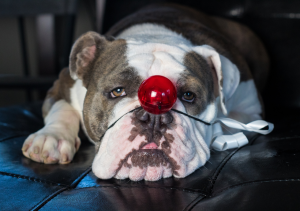
Diagnosis and Signs of Eglish bulldog Skin Problems
Knowing to spot the symptoms is equally important as the diagnose. It’s actually half of the work. If you noticed something unusual on your bulldog’s skin or in his behavior, then write them up and tell your vet. It will ease the search for the right diagnose.
If your pup is scratching like there’s no tomorrow, showing off some not-so-cute red spots, smells a bit funky, or has some weird discharge, it’s time to play detective. they start by listening to what you’ve noticed at home – all that scratching, any redness, weird smells, or yucky discharge from their skin. This chat helps them know where to start looking.
Then, it’s time for a closer look. Vets have a few tricks up their sleeve for diagnosing skin issues. They might take a skin scraping, which sounds a bit icky, but it’s just a way to get a tiny sample of skin cells to look at under a microscope. This helps them spot any sneaky bacteria or fungi causing trouble. Blood tests might be on the agenda too, especially if they suspect allergies are the culprit. These tests can help pinpoint what your Bulldog is allergic to, whether it’s something in their diet or environmental factors like pollen or dust mites.
For signs, keep an eye on your Bulldog’s skin daily. Look for any excessive scratching or licking – they’re trying to tell you something’s not right. Redness, swelling, or skin that’s hot to the touch can indicate inflammation or infection. Bad smells or discharge are red flags that infection might have set in. And let’s not forget that skin folds on your English bulldog’s skin. They need regular checks for any signs of irritation or moisture that could harbor bacteria or fungi.

Regular vet visits are pretty much non-negotiable. Think of them as regular car maintenance but for your dog. They help make sure everything’s running smoothly and allow for any treatment adjustments. It’s all about keeping your dog in tip-top shape.
And here’s a hot tip: especially in the warmer months, keep an eye out for signs of overheating in your bulldog. It’s not directly related to skin conditions, but it’s a serious risk that can sneak up on you and your furry friend. Keeping them cool and hydrated is key.
Treatment Options of English Bulldog Skin Issues
When it comes to sorting out those pesky skin issues, here’s the lowdown on the types of therapy your vet might suggest.
Antibiotics & Antifungals
First off, if your vet finds any nasty bacteria or fungi causing havoc on your Bulldog’s skin, they might prescribe some antibiotics or antifungals. It’s kind of like when you have a sore throat and the doc gives you medicine to kill off the germs.
These meds are specifically targeted to clear up infections and get your pup’s skin back to being healthy.
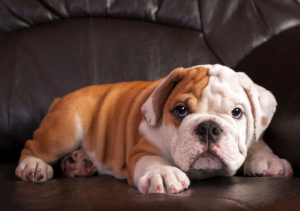
Specialized Diets
Sometimes, the issue is what’s in your dog’s bowl. If your vet suspects that food allergies or sensitivities are to blame, they might suggest switching up the menu. This isn’t about going gourmet for the sake of it but finding the right blend of nutrients and ingredients that won’t make your pup’s skin go haywire. It’s a bit like a detective game, swapping out the usual suspects (common allergens) with something more skin-friendly.
Regular Vet Check-ups
Think of these as your dog’s routine health MOT. Regular check-ups are crucial, even when your dog seems fine. These visits let your vet catch any new or returning issues early and adjust treatments as needed. Plus, it’s a great time to ask all those burning questions you’ve been googling about.

Allergy Testing and Immunotherapy
If allergies are the root of the problem, your vet might recommend allergy testing. It’s a bit like an episode of a detective show, where the vet tests to see what specific things (like pollen, dust, or certain foods) your dog reacts to. Once the culprits are identified, there’s something called immunotherapy, which is a fancy term for allergy shots. These help your dog gradually get used to the allergen, reducing their sensitivity over time. It’s a longer-term strategy but can really help ease those allergic reactions.
Topical Treatments
Sometimes, the solution is skin deep – literally. Topical treatments include medicated shampoos, creams, or sprays applied directly to the skin. These can soothe irritation, reduce inflammation, and help manage symptoms like itching and redness. It’s akin to applying aloe on a sunburn but tailored for your English bulldog skin issues.
Each of these treatments has its place in making sure your English Bulldog feels more comfortable and healthy. Your vet is like the head chef in this scenario, mixing and matching treatments to come up with the perfect recipe for your English bulldog skin issues. Remember, patience and consistency are key – it might take a bit of time and tweaking to see improvements, but it’s all about getting your furry friend back to their happy, healthy self.
How often should I clean my English bulldog’s folds?
Imagine those folds are like cozy little nooks and crannies where all sorts of stuff can hide. We’re talking dirt, sweat, and even snack remnants (if they’ve been really enjoying their meals). To keep things fresh and prevent any icky infections, you’ll want to clean those folds about two to three times a week.
It’s a bit like us washing our faces regularly to keep the pimples at bay. Grab some gentle, dog-friendly wipes or a soft, damp cloth and gently clean between those folds. At the end of the process, you can also add a little bit of corn starch between his folds to pick up the moisture.
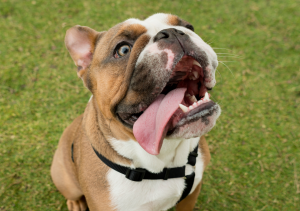
Dealing With English Bulldog Skin Issues
Dealing with English Bulldog skin issues can seem like a bit of a challenge, but with the right care and attention, it’s totally manageable. Remember, those adorable wrinkles and folds need regular cleaning to keep them from turning into problem areas.
Staying alert to signs of discomfort like excessive scratching or any odd changes in their skin can help catch issues early on. Don’t forget, a balanced diet, regular vet check-ups, and a little bit of detective work to identify allergies can make a huge difference.
It’s all about knowing your Bulldog and giving them the care they need to thrive. With some love, patience, and the right approach, you can help your Bulldog lead a comfortable, happy life, free from pesky English bulldog skin issues.

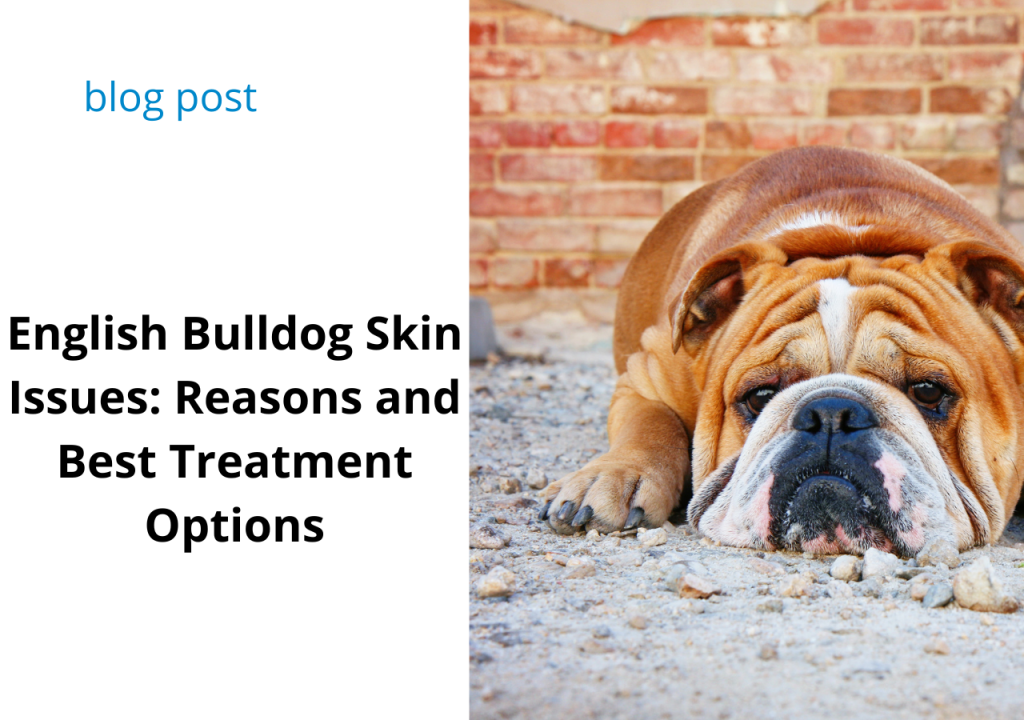

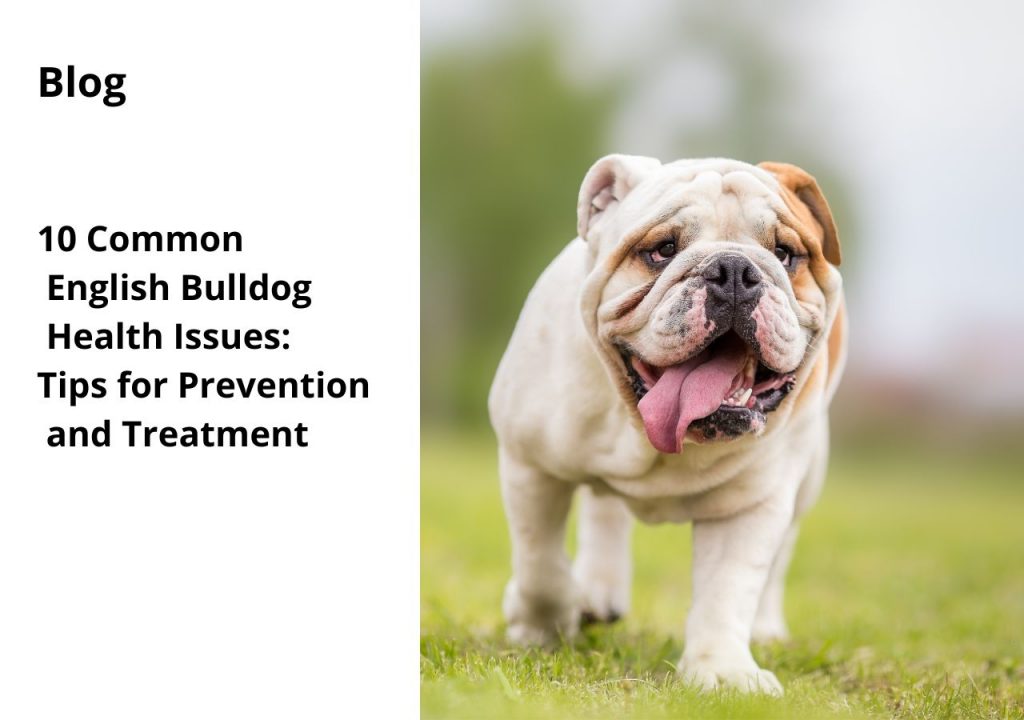
Pingback: 3 Best Ways To Deal With English Bulldog Yeast Infection
Pingback: 6 Types of Merle English Bulldogs Coat Types! Things To Know
Pingback: Interdigital Cysts in Bulldogs: Reasons & Best Treatment Tips
Pingback: How To Find The Right English Bulldog Puppy For Sale? Best Tips
Pingback: What Are The Best Picks Of English Bulldog Shirts For Dogs?
Pingback: Bulldog Tail Amputation: All You Need To Know About the Surgery
Pingback: How To Treat Hot Spots on Bulldogs? Tips That Can Help You
Pingback: The Ultimate Guide To a Blue English Bulldog | English Bulldog Shop
Pingback: Red English Bulldog: 5 Types Of These Red Beauties | English Bulldog Shop
Pingback: English Bulldog Spaying: 7 Tips For Pet Owners - AskEnglishBulldog
Pingback: What Is The Best English Bulldog Shampoo? Top 3 Picks - English Bulldog Breed